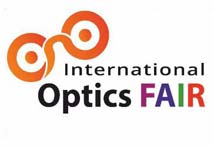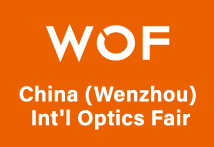Vision plays a crucial role in flying, and pilots rely heavily on their visual senses to navigate and control the aircraft safely.
_(1).jpg)
Key Aspects of Vision in Flying:
- Depth Perception: Judging distances and spatial relationships between objects.
- Color Vision: Recognizing colors for navigation, warning lights, and instrument panels.
- Peripheral Vision: Detecting movement and changes outside the direct line of sight.
- Visual Acuity: Reading instruments, charts, and navigation displays.
- Contrast Sensitivity: Distinguishing objects from their surroundings.
Visual Tasks in Flying:
- Scanning for obstacles and traffic.
- Reading instrument panels and navigation displays.
- Recognizing visual cues (e.g., horizon, runway lights).
- Detecting changes in weather conditions.
- Navigating through complex airspace.
Visual Requirements for Pilots:
- 20/40 visual acuity (correctable to 20/20).
- Normal color vision.
- Normal depth perception.
- Wide field of vision (140° horizontal).
- Ability to adapt to changing light conditions.
 |
Factors Affecting Vision in Flying:
- Fatigue.
- Stress.
- Hypoxia.
- Glare.
- Weather conditions (e.g., fog, haze).
Technological Advances:
- Enhanced Vision Systems (EVS): Infrared cameras for improved low-light visibility.
- Synthetic Vision Systems (SVS): Computer-generated terrain displays.
- Head-Up Displays (HUDs): Projected information on the windshield.
Pilot Tips for Maintaining Good Vision:
- Regular eye exams.
- Proper rest and hydration.
- Adjusting lighting conditions.
- Using sunglasses.
- Avoiding distractions.
 |
Resources:
- Federal Aviation Administration (FAA) - Vision Requirements.
- International Civil Aviation Organization (ICAO) - Visual Requirements.
- American Academy of Ophthalmology (AAO) - Pilot Vision.

.jpg)
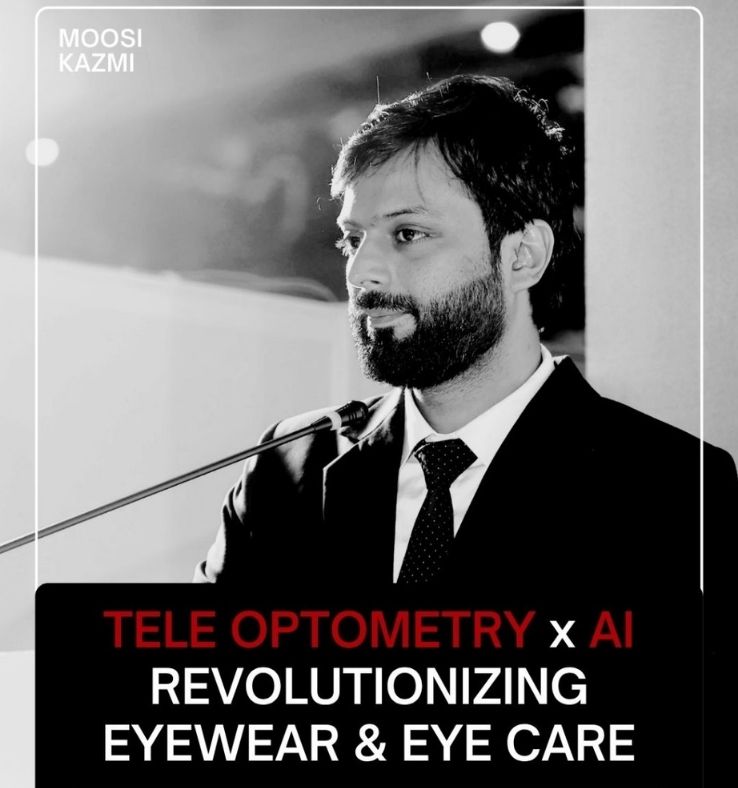
.jpg)
.jpg)
.jpg)
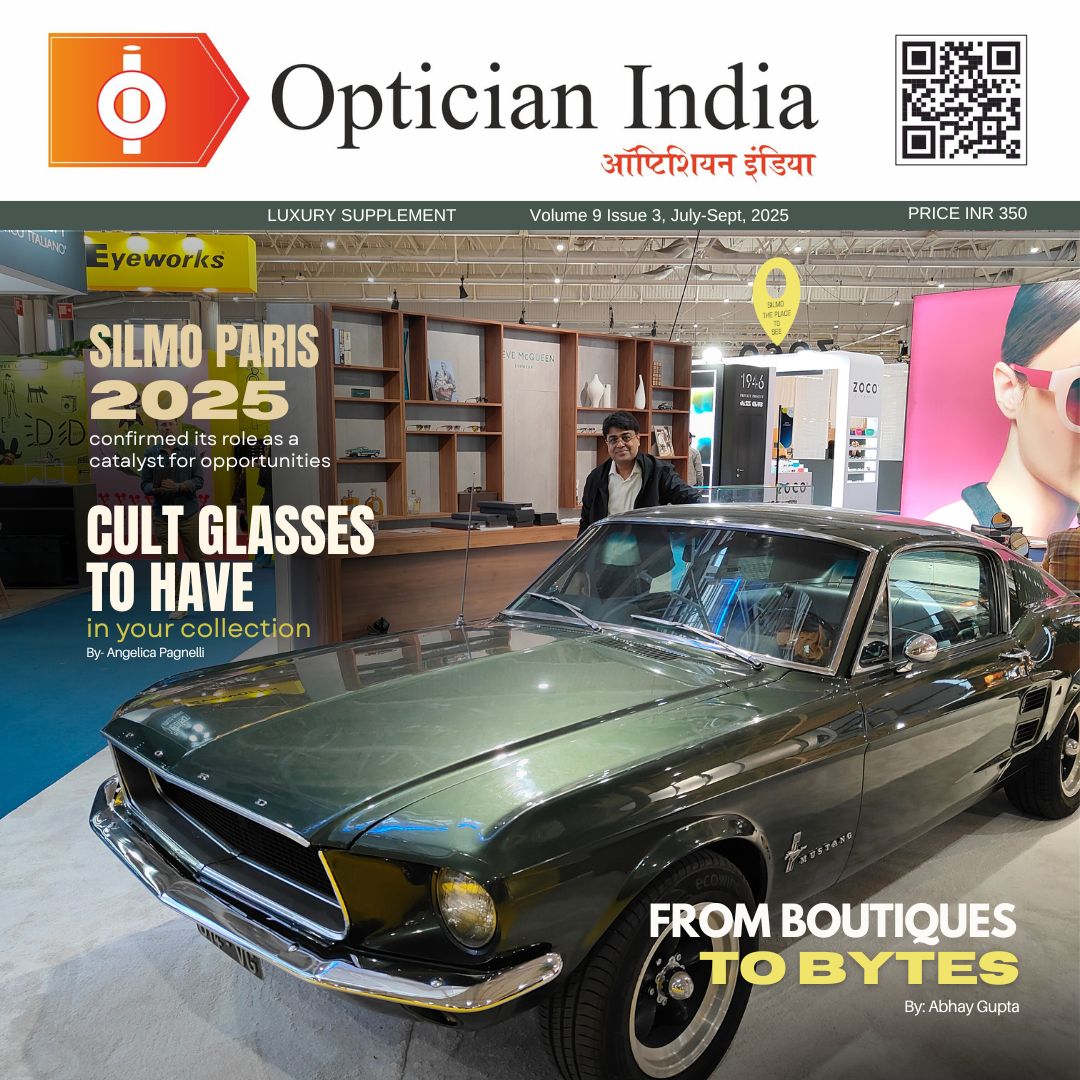
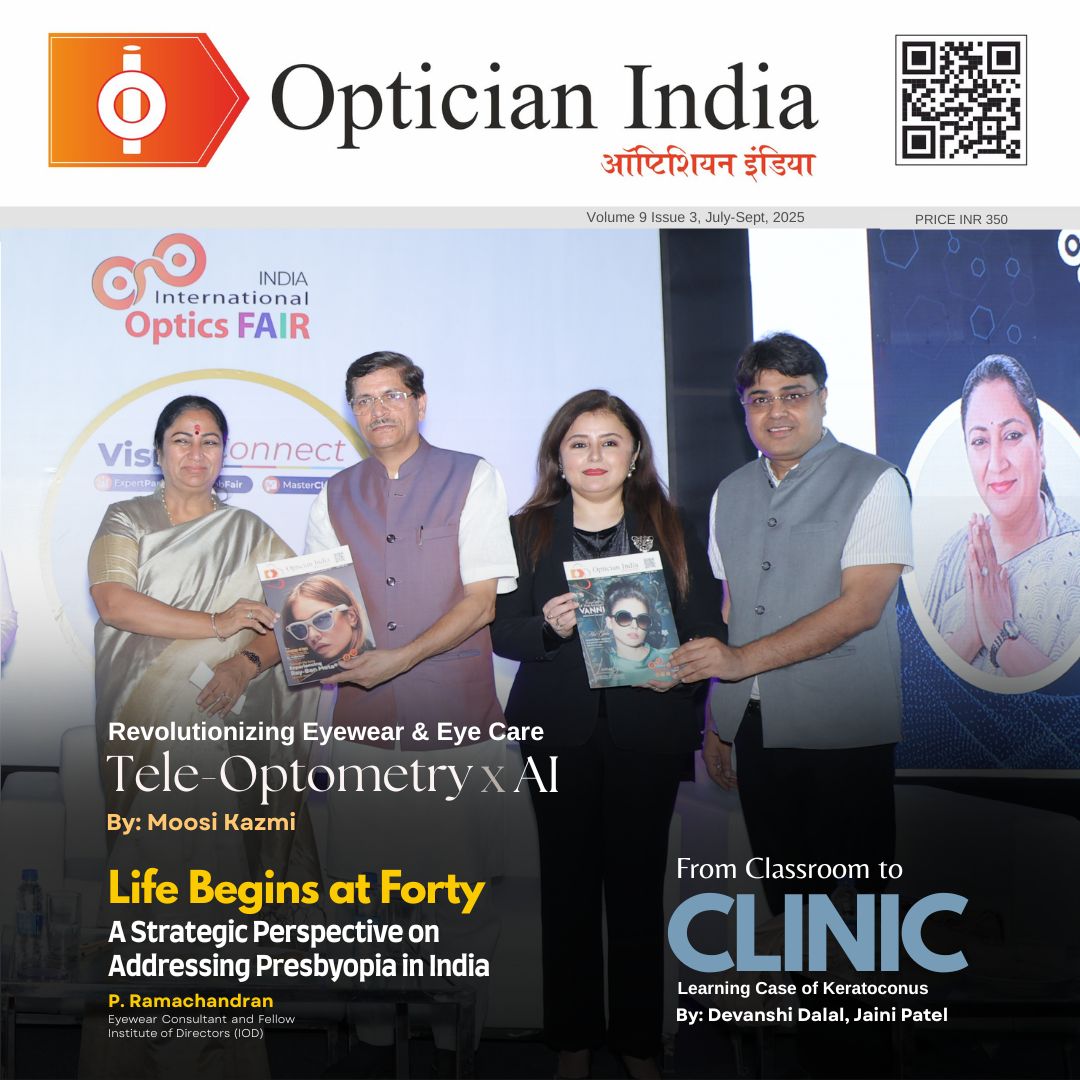
1.jpg)
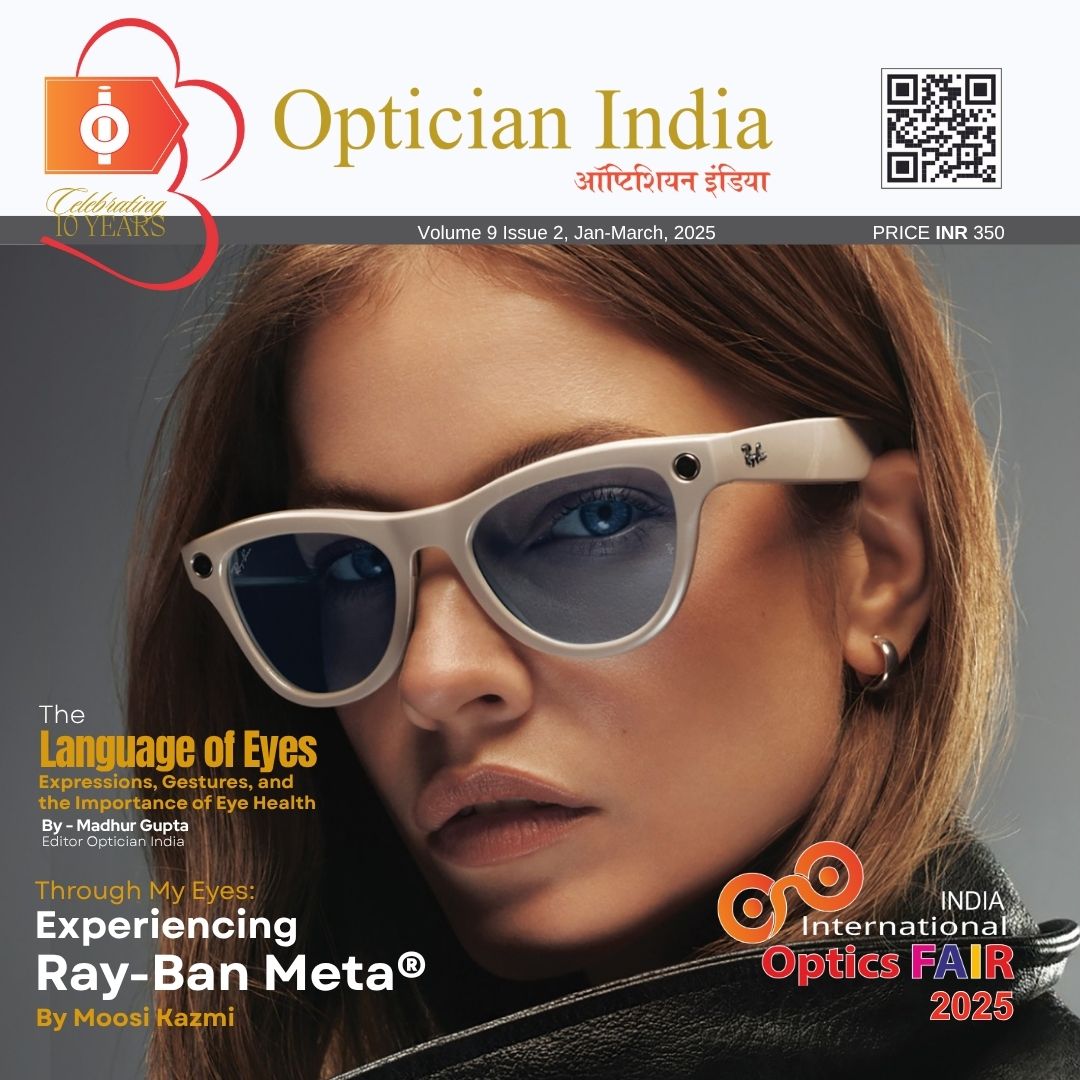


.jpg)
.jpg)

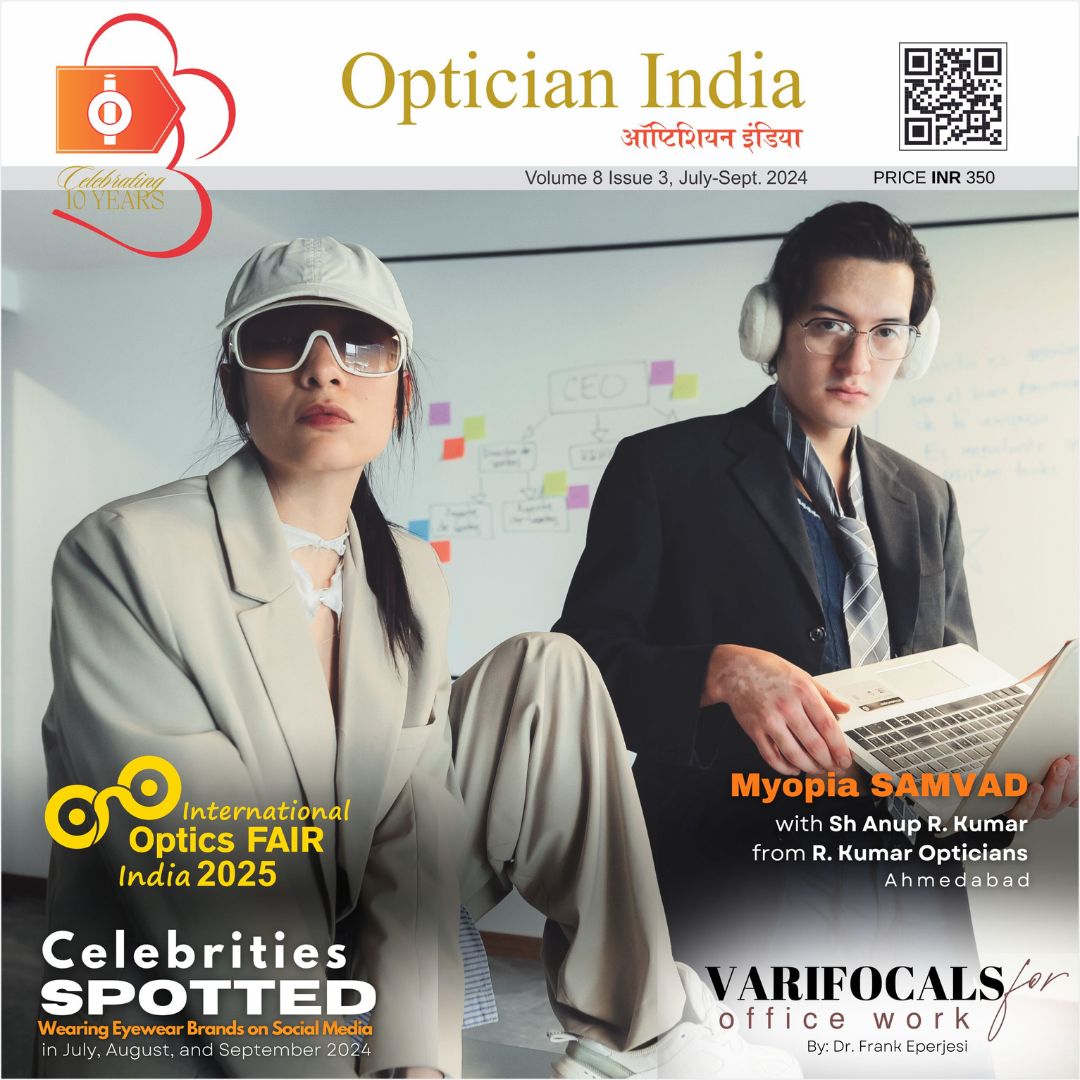

_(Instagram_Post).jpg)
.jpg)
_(1080_x_1080_px).jpg)


with_UP_Cabinet_Minister_Sh_Nand_Gopal_Gupta_at_OpticsFair_demonstrating_Refraction.jpg)
with_UP_Cabinet_Minister_Sh_Nand_Gopal_Gupta_at_OpticsFair_demonstrating_Refraction_(1).jpg)

.jpg)
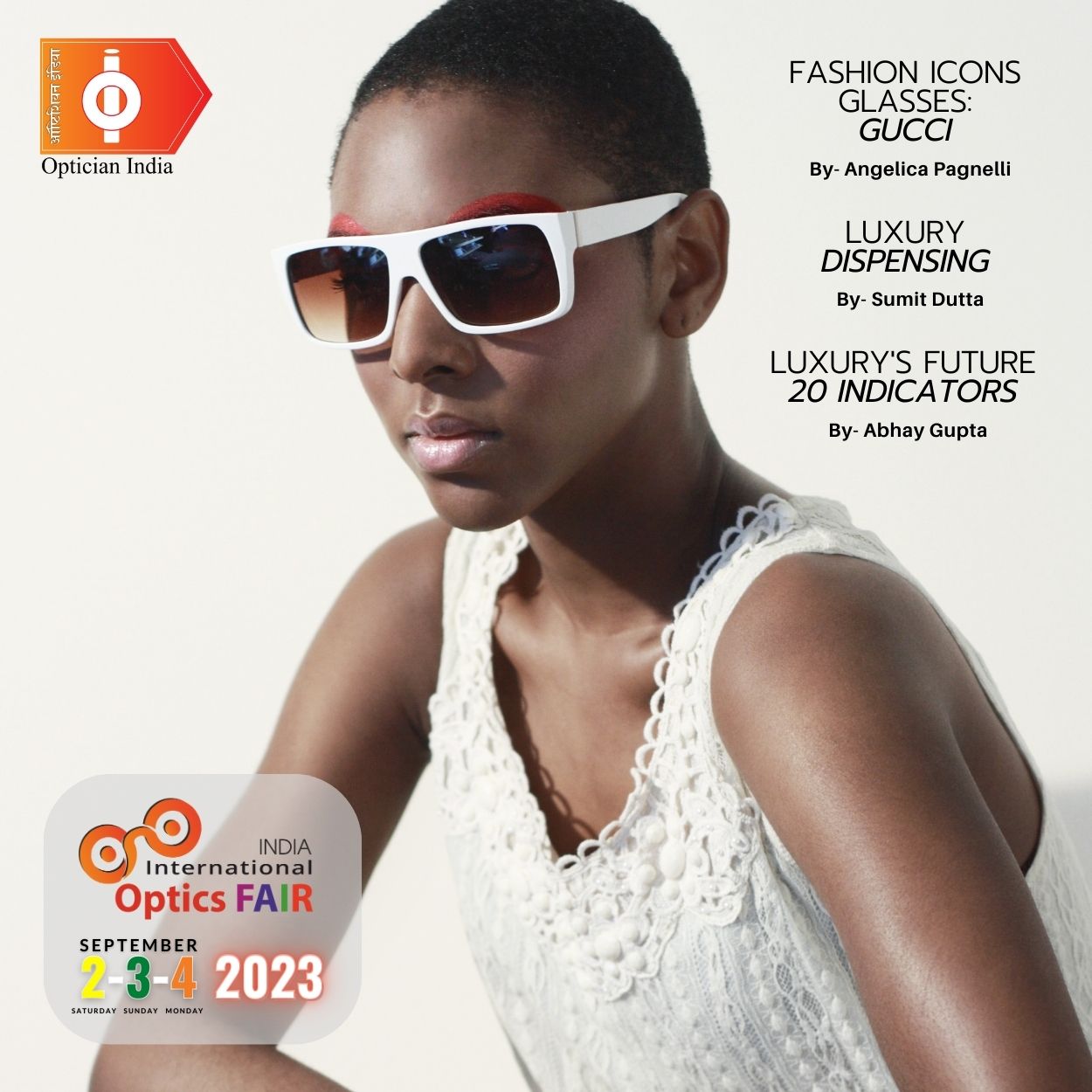


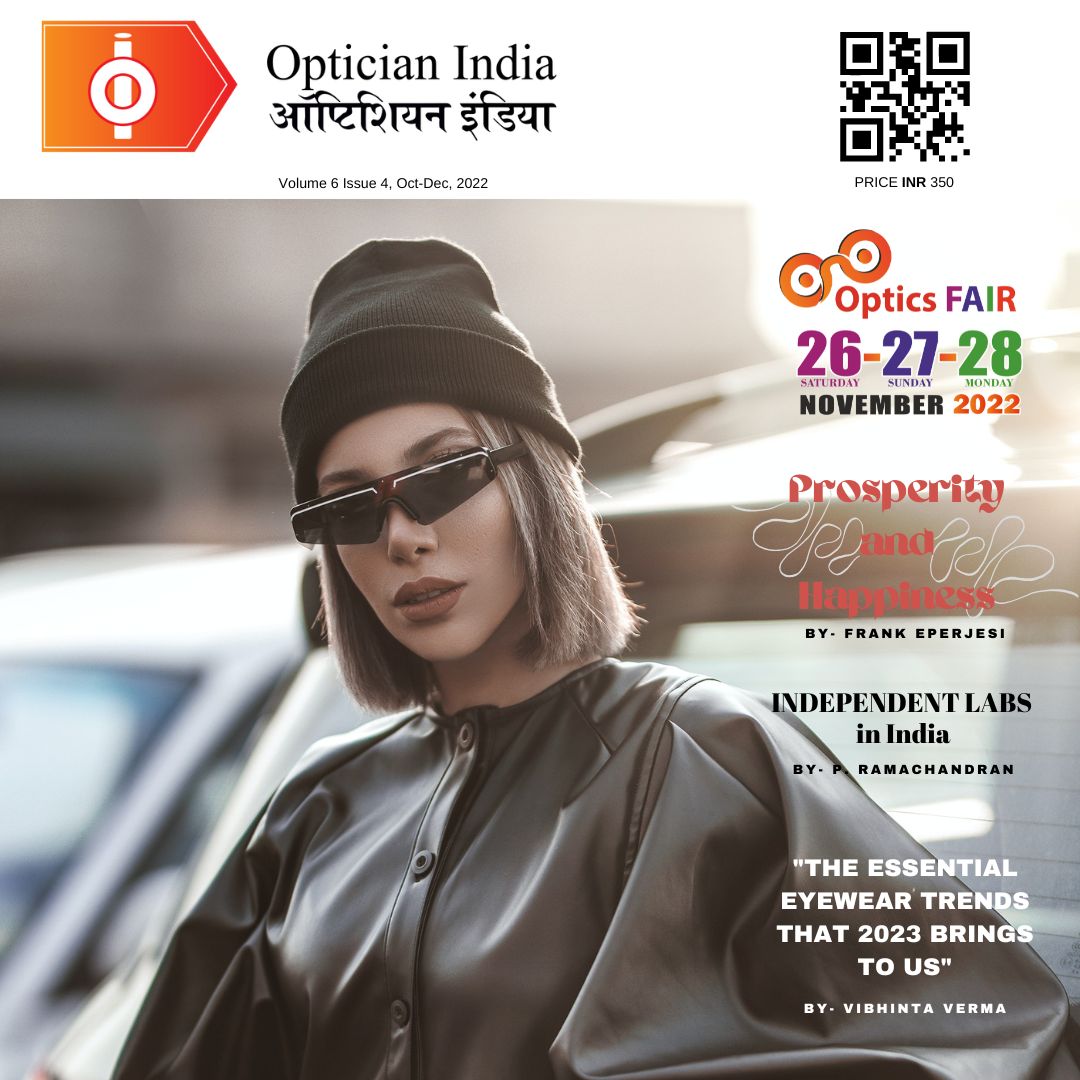
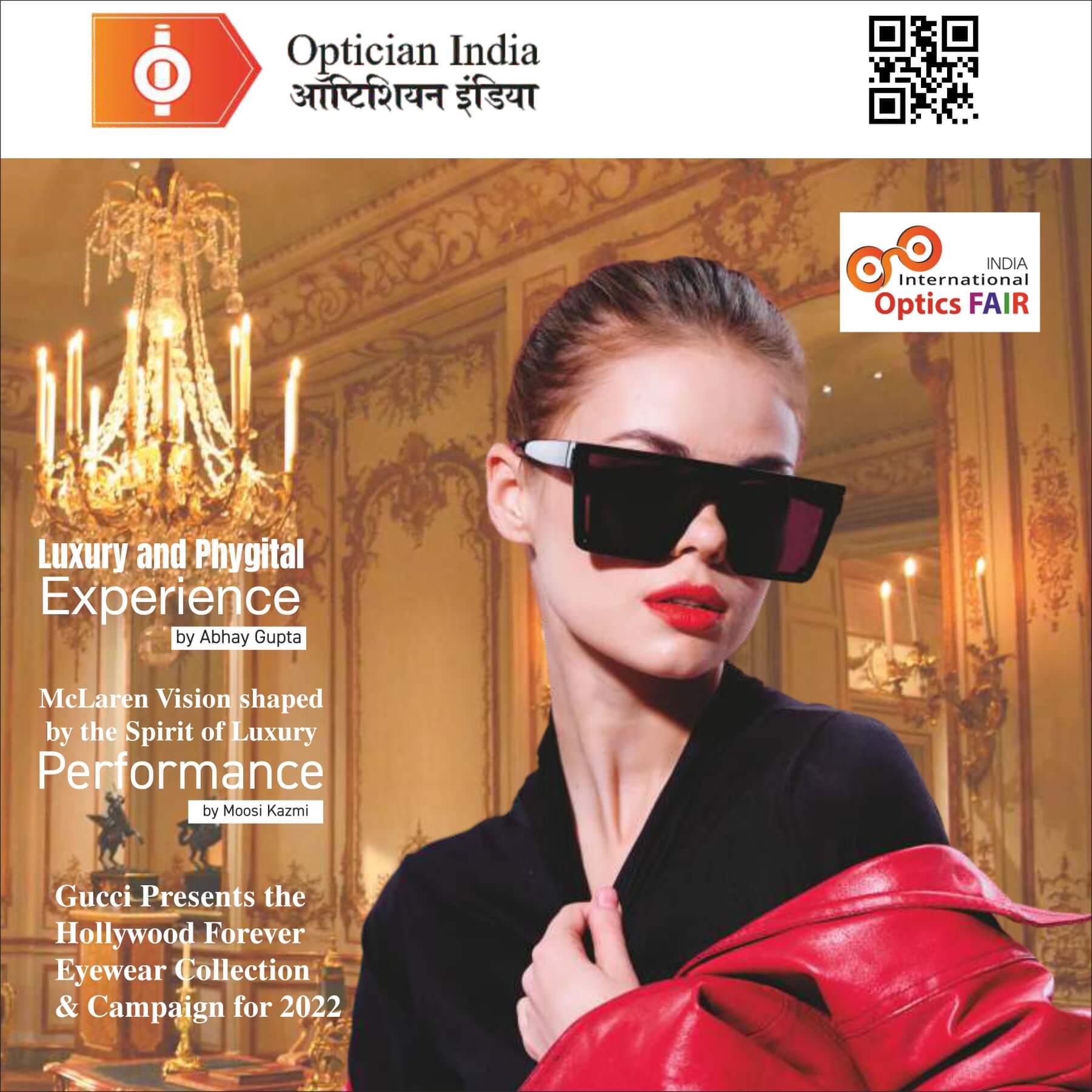


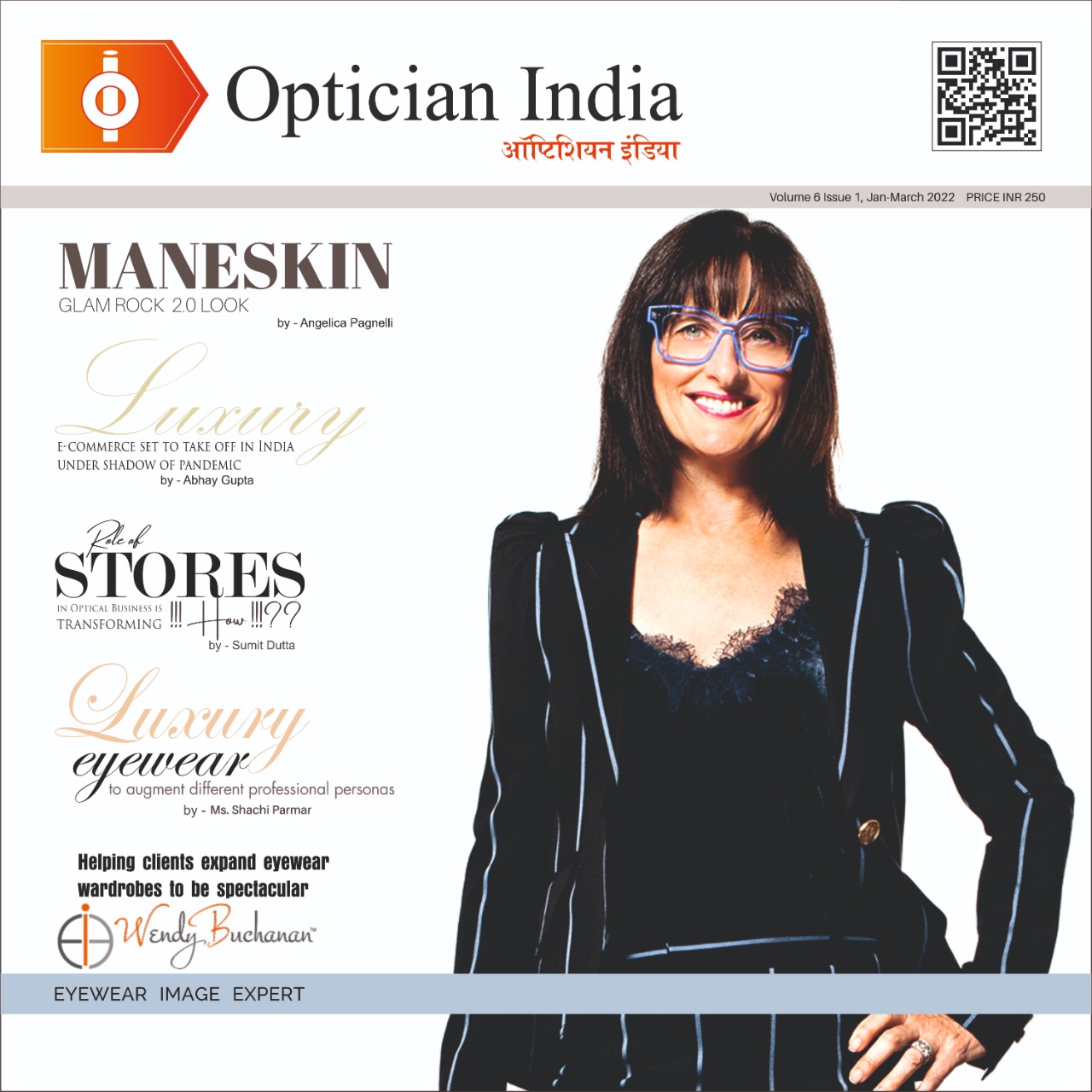
.jpg)
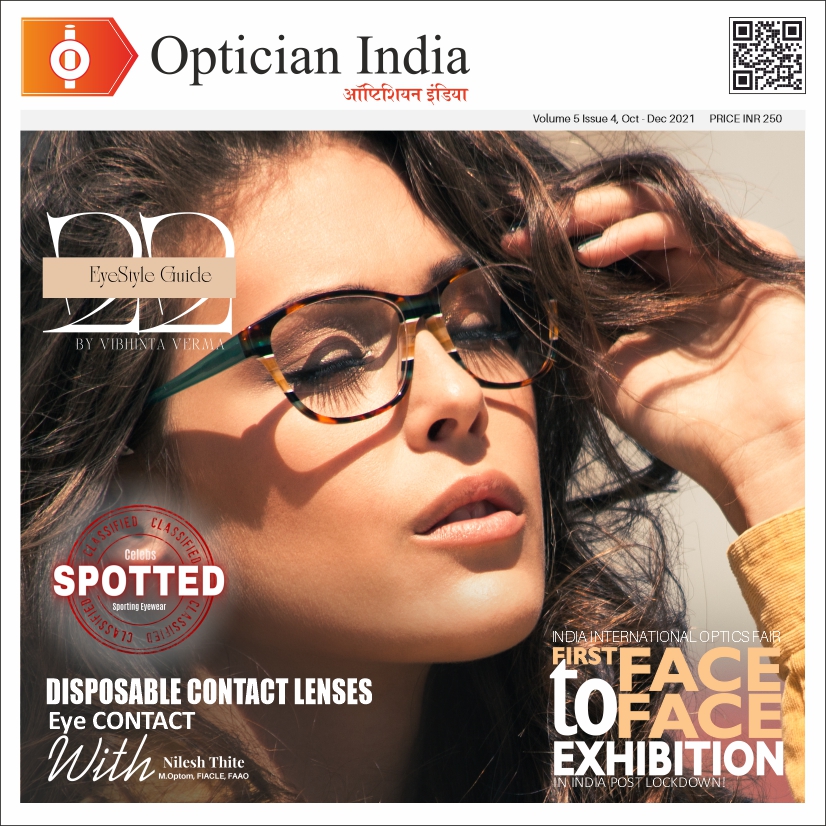


.png)
